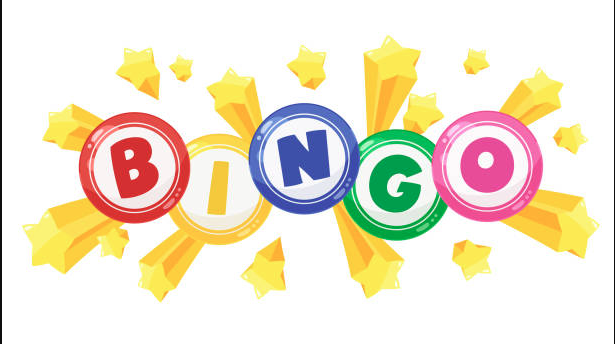Bingo is a game that has stood the test of time, offering not only entertainment but also a sense of community for players around the world. Known for its simple rules and exciting gameplay, bingo has evolved from a traditional pastime into a versatile form of recreation enjoyed both in-person and online. This article delves into the origins, cultural significance, and modern adaptations of bingo, highlighting why it continues to be beloved by many.
The Origins of Bingo
The origins of bingo date back several centuries, with early versions of the game appearing in 16th-century Italy. It was initially a lottery-style game called “Lo Giuoco del Lotto d’Italia,” which became popular in Europe and later influenced games played in France and Germany. The game took its modern shape in the United States during the early 20th century, where it was initially known as “Beano.” Players marked beans on cards as numbers were called out. Legend has it that a player excitedly shouted “Bingo!” instead of “Beano,” giving the game its now-familiar name.
How Bingo Works
Bingo is fundamentally a game of chance. Players receive cards filled with random numbers arranged in a grid. As a caller announces numbers at random, players mark them off on their cards. The goal is to complete a specific pattern, such as a line, a diagonal, or a full house (covering all numbers on the card) before others do. When a player completes the winning pattern, they shout “Bingo!” to alert the group. The game’s simplicity and the communal excitement generated by the race to complete a pattern make it an engaging social activity.
The Social Side of Bingo
Bingo has long been more than just a game; it’s a social event. Traditionally played in community halls, churches, and clubs, bingo nights offer opportunities for social interaction and camaraderie. Players gather, chat, and enjoy each other’s company, making bingo an important social outlet for many, especially seniors. The atmosphere is often lively and friendly, with prizes adding to the excitement. For many, the social connections and shared experiences are as valuable as the game itself.
Modern Adaptations: Online and Mobile Bingo
In recent years, bingo has embraced digital technology. Online bingo platforms have made the game accessible to millions of players who can now enjoy it from the comfort of their homes or on mobile devices. Online bingo offers a variety of themes, game modes, and chat features that enhance the social experience. Players can connect with others worldwide, participate in tournaments, and take advantage of bonuses and promotions not available in traditional settings. This shift to digital has introduced bingo to younger audiences, helping to keep the game alive and thriving in the modern age.
Bingo in Fundraising and Charity
Bingo is frequently used as a fundraising tool by non-profit organizations, schools, and community groups. Its widespread appeal and ease of organization make it ideal for raising money for causes. Fundraising bingo events foster community spirit while supporting important projects. The combination of entertainment and philanthropy underscores bingo’s positive impact beyond just recreation.
Tips for Enjoying Bingo
To get the most out of bingo, it helps to stay attentive, especially if playing with multiple cards. Engaging with other players, whether in person or online, enhances the experience. It’s important to play responsibly and remember that bingo is a game of chance. Enjoy the social aspects and the fun rather than focusing solely on winning.
Conclusion
Bingo is a timeless game that blends luck with community spirit. Its rich history and ability to adapt to new technologies have kept it relevant for generations. Whether played in a bustling hall or on a smartphone screen, bingo continues to bring people together, offering joy, excitement, and connection.
